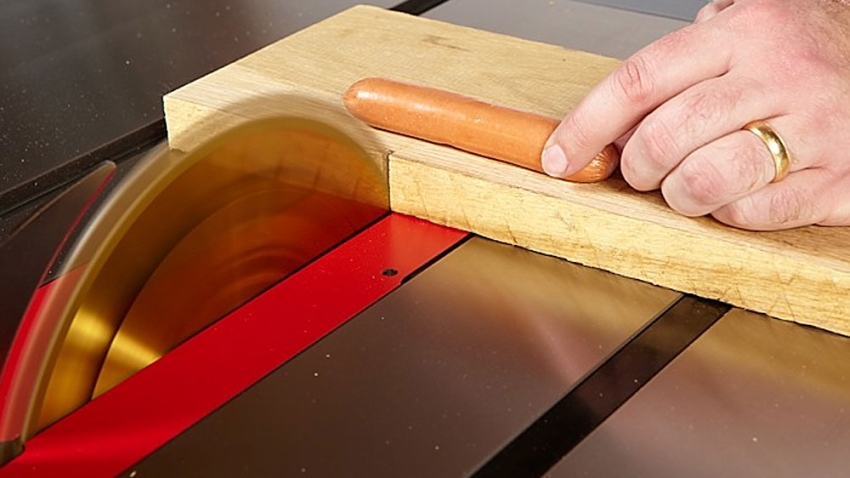
Power Up Your Safety: A Comprehensive Guide to Table Saw Use
The table saw is a cornerstone of any woodshop, capable of ripping long boards, cutting precise angles, and transforming rough lumber into finished projects. However, this power tool demands respect. Improper use can lead to serious injuries. This guide will equip you with the knowledge and safe practices to maximize your table saw’s potential while minimizing risk.
Before You Begin: Setting Up for Success
Location, Location, Location:
Select a well-lit, clean, and spacious area for your table saw. Ensure the floor is level and free of tripping hazards. Adequate workspace around the saw allows for safe material handling.
Know Your Saw:
Familiarize yourself with your table saw’s manual. Identify the functions of each control, guard, and safety feature. Common components include the on/off switch, blade guard, riving knife, miter gauge, and fence.
Sharpness is Key:
A dull blade is more prone to binding and kickback, which can launch wood at high speeds. Inspect your blade for cracks or damage. Use a high-quality blade sharpener or replace dull blades to ensure clean, safe cuts.
Dress for the Occasion:
Loose clothing and jewelry can snag on the blade. Wear close-fitting clothing, safety glasses, and a dust mask. Ear protection is also recommended to reduce noise exposure.
Power Up Safely:
Ensure the saw is unplugged before attaching the blade or making adjustments. Double-check that the blade guard and riving knife are properly positioned according to the blade and cut you will be making.

Making Safe Cuts: Essential Techniques
-
Workpiece Preparation: Ensure your wood is free of knots, cracks, or warped sections. Remove any nails, screws, or staples that could damage the blade. Cut rough lumber to a manageable size for safe handling.
-
Setting the Fence: The fence determines the width of rip cuts. Adjust the fence to the desired width, ensuring it’s parallel to the saw blade. Use a push stick or push block to feed narrow pieces of wood through the saw. Never reach over the blade with your hands.
-
Mastering the Miter Gauge: The miter gauge allows for precise angled cuts. Set the angle on the miter gauge according to your project requirements. Secure the workpiece firmly against the fence for stability.
-
Riving Knife: Your Silent Partner: The riving knife sits behind the blade, helping to prevent the wood from pinching the blade and causing kickback. Ensure the riving knife is the same width as the kerf (the cut made by the blade) and slightly higher than the blade.
-
Blade Guard, Don’t Guard Against It: The blade guard helps to prevent accidental contact with the spinning blade. Unless it hinders your cut, use the blade guard whenever possible. Some saws offer retractable blade guards that automatically move out of the way during the cut.
-
Maintaining Control: Always feed the wood into the saw at a controlled rate. Avoid forcing the material. If the wood binds, turn off the saw immediately and allow the blade to stop completely before clearing the jam.
-
Power Down and Disconnect: Unplug the saw whenever you are finished using it, changing the blade, or performing maintenance.

Common Table Saw Mistakes and How to Avoid Them
-
Reaching Over the Blade: It can be tempting to reach over the blade to make adjustments or clear jams. Resist this urge! Always use the provided tools or wait for the blade to stop completely before reaching near it.
-
Using the Wrong Blade: Different blades are designed for different materials and cutting tasks. Using a dull blade, a blade with the wrong number of teeth, or a blade not rated for your project increases the risk of kickback.
-
Forgoing Push Sticks and Blocks: These simple tools keep your hands safely away from the blade while feeding narrow pieces or angled cuts. Never rely on your fingers to guide the material through the saw.
-
Kickback Calamity: Kickback occurs when the wood pinches the blade and is violently thrown back towards the operator. Maintain control of the workpiece, use a sharp blade, and ensure the riving knife is properly positioned to minimize kickback.
-
Walking Away from a Running Saw: Never leave a running saw unattended. Focus on the task at hand and turn off the saw when you need to step away, even for a brief moment.

Safety Beyond the Cut: Keeping Your Shop in Top Shape
-
Dust Collection: Table saws generate a significant amount of sawdust. Use a dust collection system to minimize airborne particles and improve visibility while cutting. This helps to maintain a clean and healthy work environment.
-
Regular Maintenance: Inspect your table saw regularly for loose components, worn belts, or malfunctioning guards. Tighten loose parts, replace worn belts, and never operate a saw with a faulty guard. Refer to your owner’s manual for specific maintenance procedures.
-
Sharpness Matters: Don’t wait for your blade to become noticeably dull. Sharpen it regularly or replace it when necessary to maintain clean cuts and minimize binding. A sharp blade is a safe blade.
-
Power Cord Safety: Inspect the power cord for fraying or damage. Never yank on the cord to unplug the saw. Grip the plug itself to pull it from the outlet.
-
Clear the Zone: Maintain a clean and organized workspace around your table saw. Store tools and scrap wood away from the working area to prevent tripping hazards and clutter that could interfere with safe operation.

The Final Cut: Building Confidence with Practice
Table saw safety is not simply about memorizing rules. It’s about developing safe habits and a healthy respect for the power of the tool. Here are some tips to build your confidence and proficiency:
-
Start Simple: Begin with basic cuts on manageable pieces of wood. As your comfort level increases, gradually tackle more complex projects.
-
Take Your Time: Rushing increases the risk of mistakes. Focus on precision and control over speed.
-
Practice Makes Perfect: The more you use your table saw safely, the more comfortable and confident you will become.
-
Seek Knowledge: There are many excellent resources available online and in libraries that cover table saw techniques and safety in detail. Take advantage of these resources to expand your knowledge.
-
Don’t Be Afraid to Ask for Help: If you are unsure about a cut or procedure, consult a woodworking professional or a trusted friend with experience.
By following these safety practices and building your skills, you can transform your table saw from a potential hazard into a valuable and empowering tool for your woodworking projects. Remember, safety is not an afterthought; it’s an essential part of every cut you make. With knowledge, focus, and respect, you can unlock the full potential of your table saw while keeping yourself safe in the process.




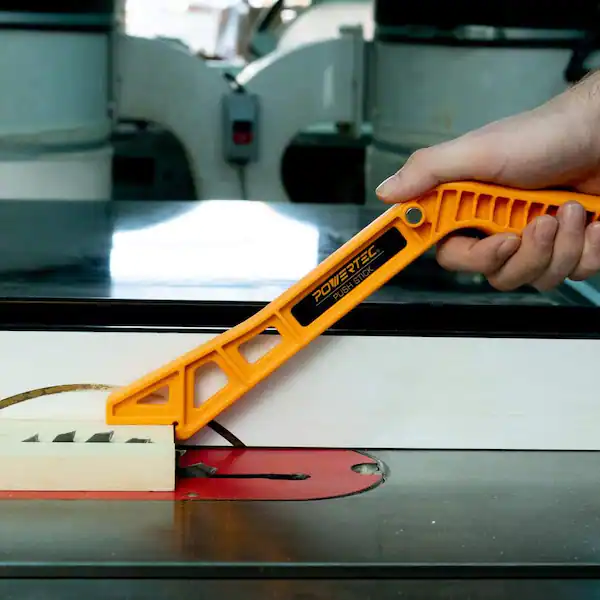
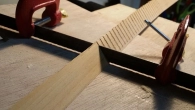

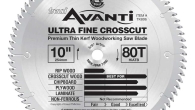

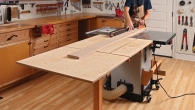
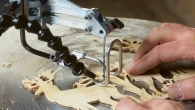
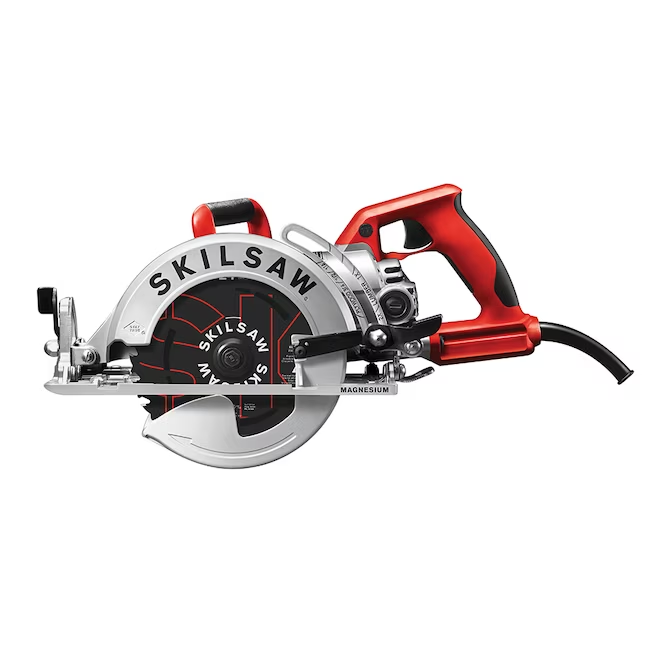
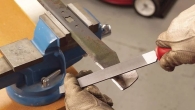
Leave a Reply